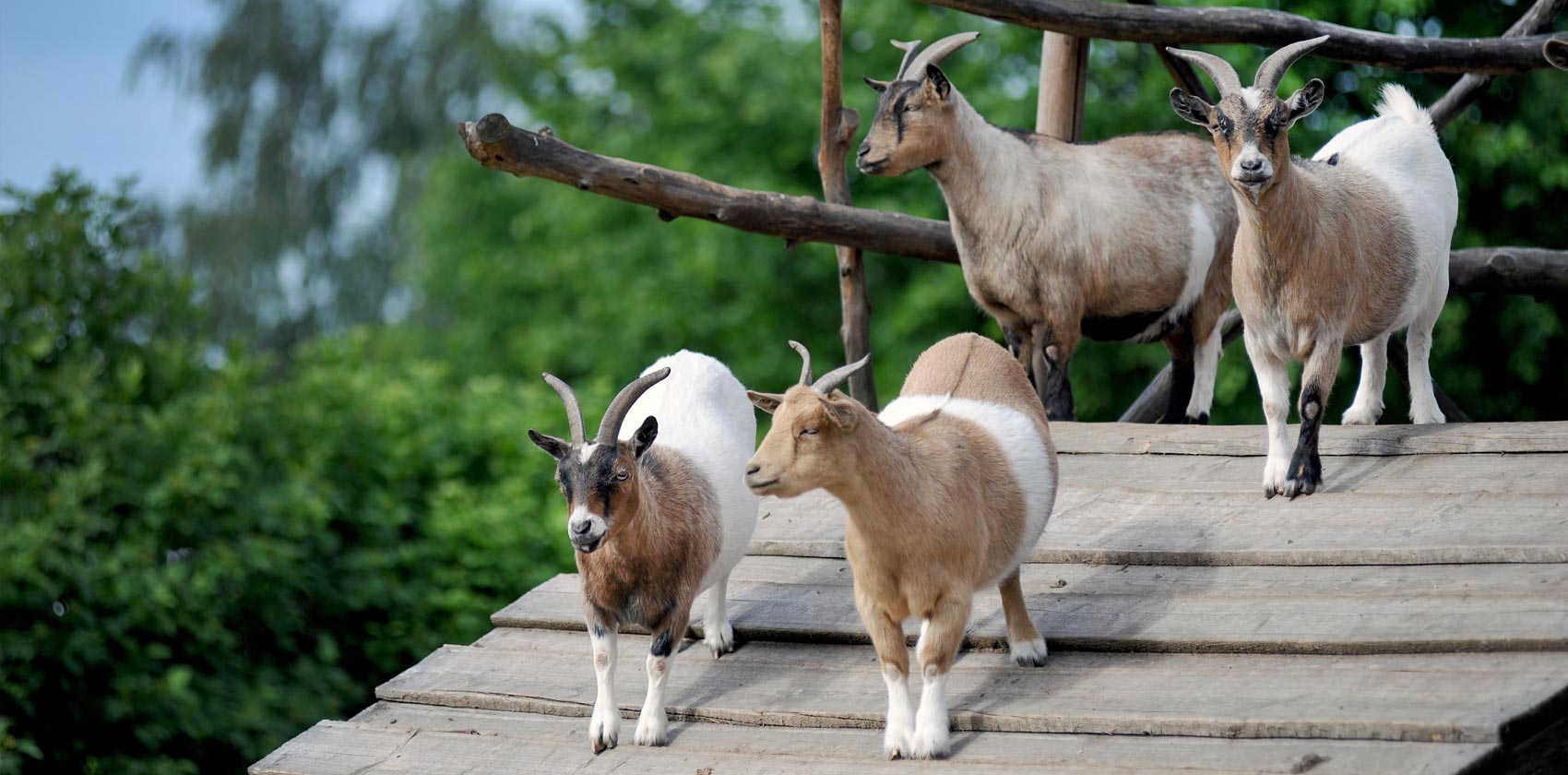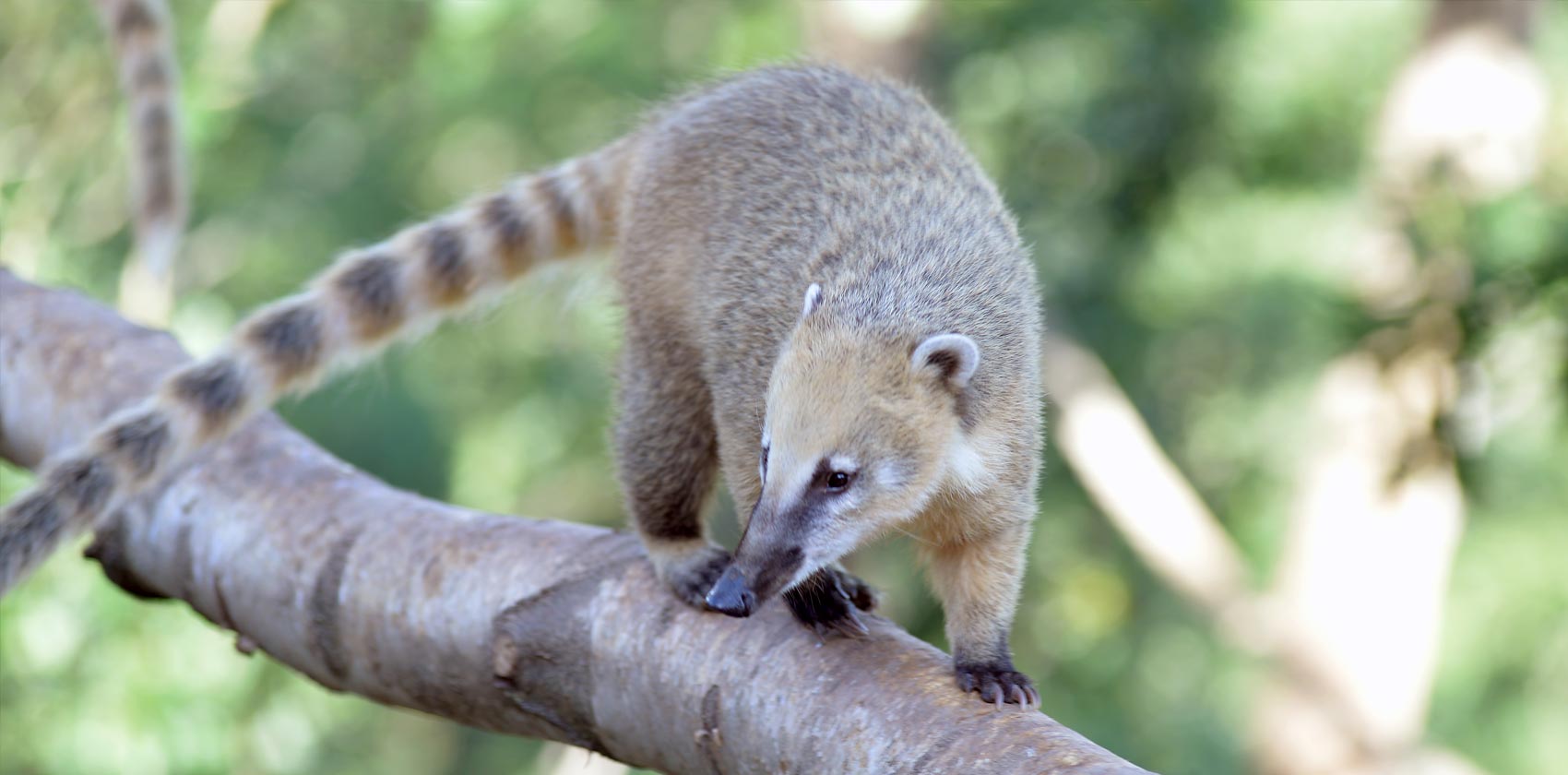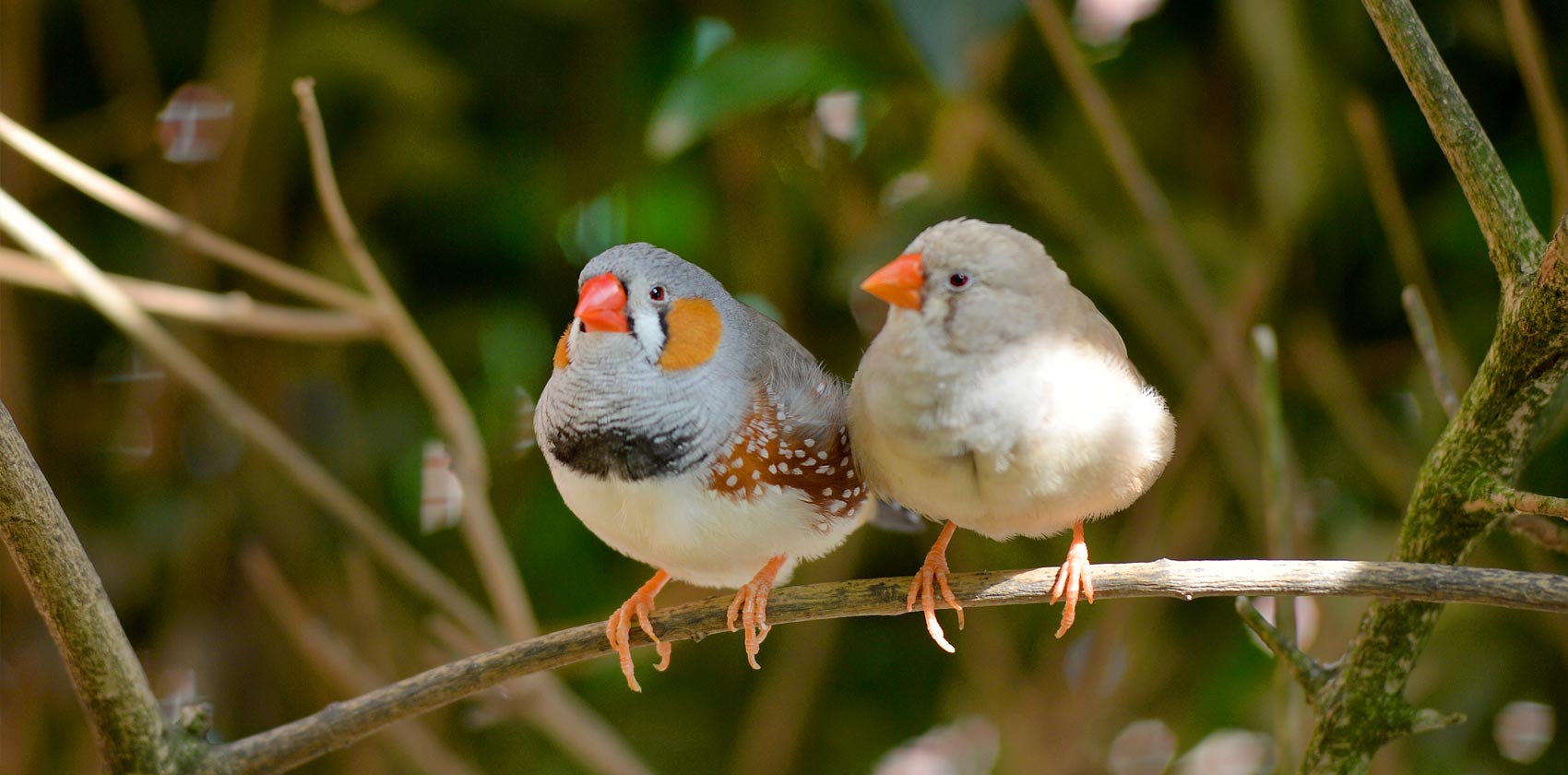Animals
within your reach
Experience over 50 different wild animals species very closely in generous nature and stroking encloures. Let the fallow deer eat out of your hand or admire the impressive climbing skills of the Capricorns.
A 2.5 km long circular trail offers some amazing information about our animal protagonists.
In the animal park are living many other kinds of birds and animals. Since 2010 a falconry has been part of the park, where birds of prey from different countries are housed and protected. In the daily free-flight shows, the falconer will introduce you to the world of avian predators.





